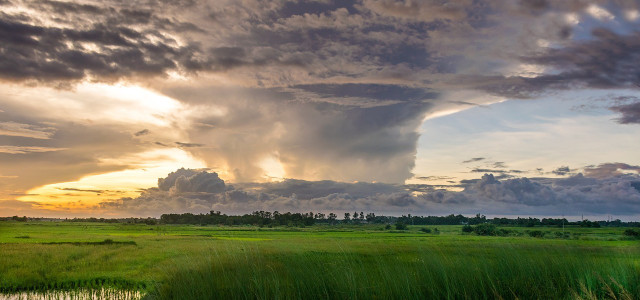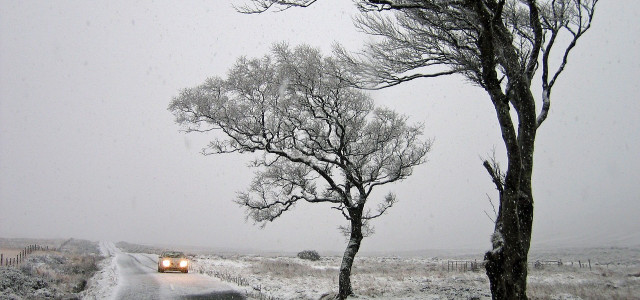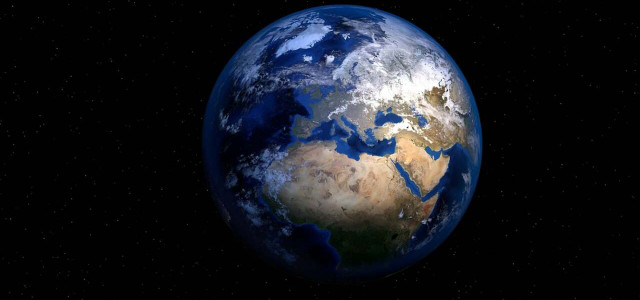Do you know the difference between climate weather and climate? Understanding the distinction is crucial for combatting climate change. Here's what you need to know.
The difference between weather and climate is important to understand to combat climate change effectively. In short, weather refers to the short-term atmospheric conditions that change more rapidly, while climate refers to the general state of atmospheric conditions over a longer period.
Keep reading for more in-depth definitions of weather and climate. We’ll also discuss how knowledge of these systems can guide us toward better climate change responses.
What is Weather?

(Foto: CC0 / Pixabay / FelixMittermeier)
When discussing the difference between climate and weather, it’s important to get a solid definition of each. Let’s start with weather.
Weather is described in terms of meteorological variables like temperature, humidity, wind speed and precipitation. It results from the movement and interactions of air masses and fronts. It is affected by the rotation of the Earth, the sun’s position and land topography. At any given time, an array of weather effects are occurring worldwide, changing from hour to hour, morning to night and season to season.
Weather is influenced by factors like temperature, pressure, moisture and winds. Other aspects that play a role in weather are:
- The Water Cycle: As the sun heats the Earth’s surface, water rises in the form of vapor from bodies of water, plants, the ground and more. This is called evaporation. This water vapor contributes to cloud moisture and eventually returns to the Earth as precipitation.
- Air Masses: Volumes of air that take uniform qualities of temperature and moisture are referred to as air masses. They span thousands of miles and adapt to other air masses below them. Over time, global wind patterns move them across regions far from their origin. When two air masses meet, the cold air pushes the hot air up and the temperature drops. Once the warming air can no longer hold cold-water molecules, the water condenses and forms clouds.
- Jet Stream: These high-altitude, high-speed winds circle the Earth in narrow bands, flowing from west to east. They form due to temperature differences between the poles and the equators and the Earth’s rotation. They steer weather systems and influence weather patterns, like storms and fronts, and can cause strong winds.
- Weather Fronts: The boundaries separating two air masses of different temperatures, densities and humidity levels are known as weather fronts. As air masses collide, they create the perfect conditions for rain, snow, thunderstorms and changes in temperature and wind direction. Fronts can be cold or warm and even stationary — not moving at all. They are often associated with changes in the pressure system and the movement of low- and high-pressure systems.
The movement and interaction of these meteorological parameters determine the weather over shorter timespans — the length of time, here, being a crucial difference between climate and weather.
What is Climate?
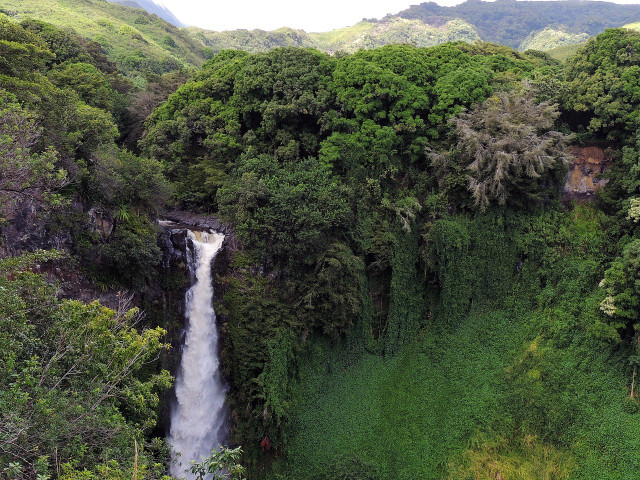


(Foto: CC0 / Pixabay / kuszapro)
While weather describes specific short-term patterns, climate refers to the general state of an area’s atmospheric conditions over longer periods — usually the average condition over a span of 30 years.
Climate is largely determined by the Earth’s atmosphere and the distribution of heat and energy from the sun. It encompasses the patterns of temperature, precipitation, humidity and wind that define a region, determining its ecosystem and environment. Climate is a critical part of the environment, affecting all ecosystems, agriculture, water resources and human health.
Thus, the difference between climate and weather can be understood largely as a difference in time and scope.
The Difference Between Weather and Climate



(Foto: CC0 / Pixabay / Pexels)
In other words, climate refers to the long-term atmospheric conditions of a specific area over a long period of time, usually about 30 years. In contrast, weather describes the short-term atmospheric conditions that change rapidly and can be influenced by temperature, pressure, moisture and winds.
The climate is largely determined by the Earth’s atmosphere and the distribution of heat and energy from the sun. Weather results from the movement and interactions of air masses and fronts. Those air masses and weather fronts are affected by the Earth’s rotation, the position of the sun and land topography.
Understanding the difference between climate and weather is crucial for effectively communicating with skeptics and combating climate change denial.
Why the Distinction Between Weather and Climate is Important
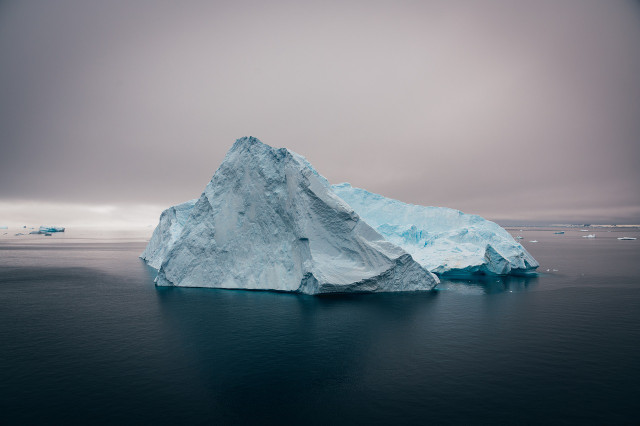


(Foto: CC0 / Pixabay / spalla67)
The distinction between weather and climate is crucial to comprehend the significance of climate change. In recent years, human activities like burning fossil fuels and deforestation have led to a surge in atmospheric greenhouse gases, which trap heat and raise the Earth’s average surface temperature. Climate change significantly alters the Earth’s climate, causing more frequent and intense heatwaves, hurricanes, droughts and rising sea levels. These effects have already had a devastating impact on humans and the environment.
Although 97% of scientists acknowledge that the Earth’s climate is experiencing human-caused warming, only 71% of adults in the United States believe in global warming. That’s why understanding the difference between weather and climate is essential to understanding climate change. Climate change deniers often argue that global temperatures can’t be rising if winter storms are still intense and very cold. This argument, however, is misguided.
One study suggests that some areas of the US are experiencing colder winters due to global warming, causing rapid ice melt and warming temperatures in the Arctic. That is leading to changes in the jet stream and weather patterns resulting in harsher winters for the eastern US in particular.
It is important to note that climate change is not synonymous with warmer weather. Climate change is expected to worsen the frequency, intensity and impact of some types of weather events, leading to more heatwaves, droughts, heavy downpours, floods, hurricanes and other storms.
A thorough understanding of the difference between weather and climate helps us understand the underlying processes that shape our environment and impact our lives, as well as enables us to fight against and prepare for climate change and its effects.
This includes making informed decisions about issues related to climate change, such as sustainable energy use and resource management. For example, experts who consider climate change and environmental protection can make better decisions about building location-specific infrastructure like solar energy panels in sunny areas and wind turbines in windy areas.
Climate data and projections provide a comprehensive view of atmospheric conditions’ long-term trends and variability. This allows policymakers to anticipate the effects of climate change on various sectors and make informed decisions about mitigating its impacts. That includes reducing greenhouse gas emissions, investing in the many types of renewable energy, and promoting sustainable agriculture and other land use practices.
Understanding climate, weather patterns and climate change predictions allows policymakers to assess the potential risks and uncertainties associated with climate change and prioritize their efforts to reduce those risks. Governments can use climate information to identify the most vulnerable populations, regions and ecosystems and allocate resources to protect them from the impacts of climate change.
Understanding the differences between weather and climate and their dynamics is critical in making informed decisions about the challenges and opportunities posed by global warming. It is absolutely essential for developing effective strategies to mitigate its impacts and promote sustainable development.
Read More:
- What Causes Acid Rain: Causes, Impact & Solutions
- The Main Disadvantages of Natural Gas Explained
- Tropical Rainforest Ecosystems: Why Are They Important?
What Happens When We're Aware of the Issues?
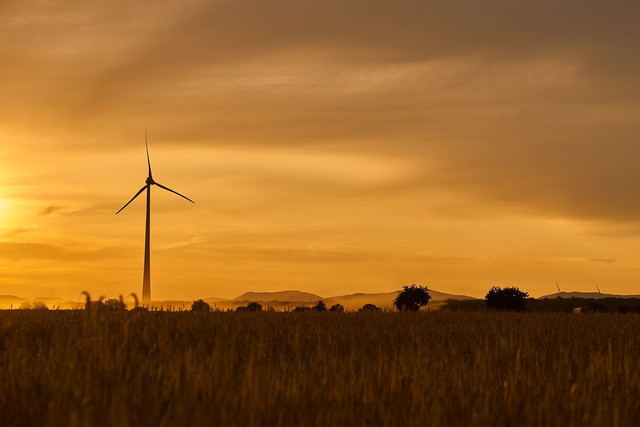


(Foto: CC0 / Pixabay / distelAPPArath)
A thorough understanding of the difference between weather and climate helps us understand the underlying processes that shape our environment and impact our lives, as well as enables us to fight against and prepare for climate change and its effects.
This includes making informed decisions about issues related to climate change, such as sustainable energy use and resource management. For example, experts who consider climate change and environmental protection can make better decisions about building location-specific infrastructure like solar energy panels in sunny areas and wind turbines in windy areas.
Climate data and projections provide a comprehensive view of atmospheric conditions’ long-term trends and variability. This allows policymakers to anticipate the effects of climate change on various sectors and make informed decisions about mitigating its impacts. That includes reducing greenhouse gas emissions, investing in the many types of renewable energy, and promoting sustainable agriculture and other land use practices.
Understanding climate, weather patterns and climate change predictions allows policymakers to assess the potential risks and uncertainties associated with climate change and prioritize their efforts to reduce those risks. Governments can use climate information to identify the most vulnerable populations, regions and ecosystems and allocate resources to protect them from the impacts of climate change.
Understanding the differences between weather and climate and their dynamics is critical in making informed decisions about the challenges and opportunities posed by global warming. It is absolutely essential for developing effective strategies to mitigate its impacts and promote sustainable development.
Read More:
- What Causes Acid Rain: Causes, Impact & Solutions
- The Main Disadvantages of Natural Gas Explained
- Tropical Rainforest Ecosystems: Why Are They Important?
Do you like this post?







